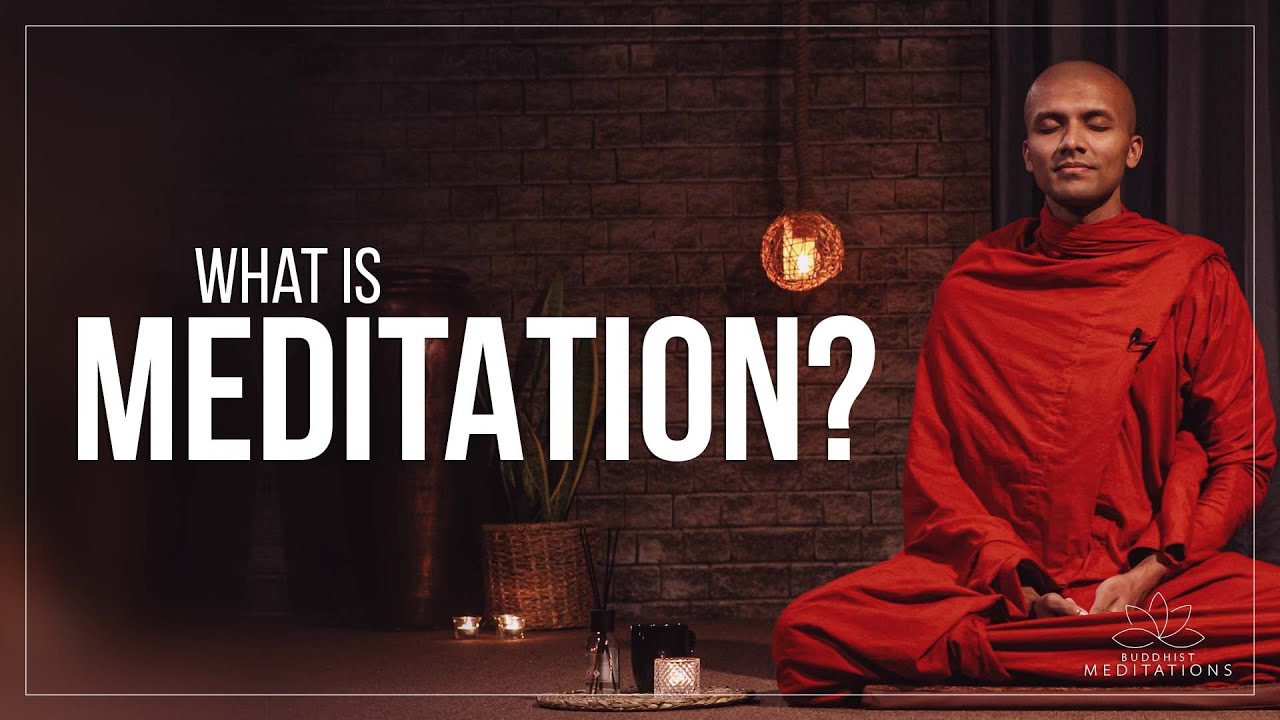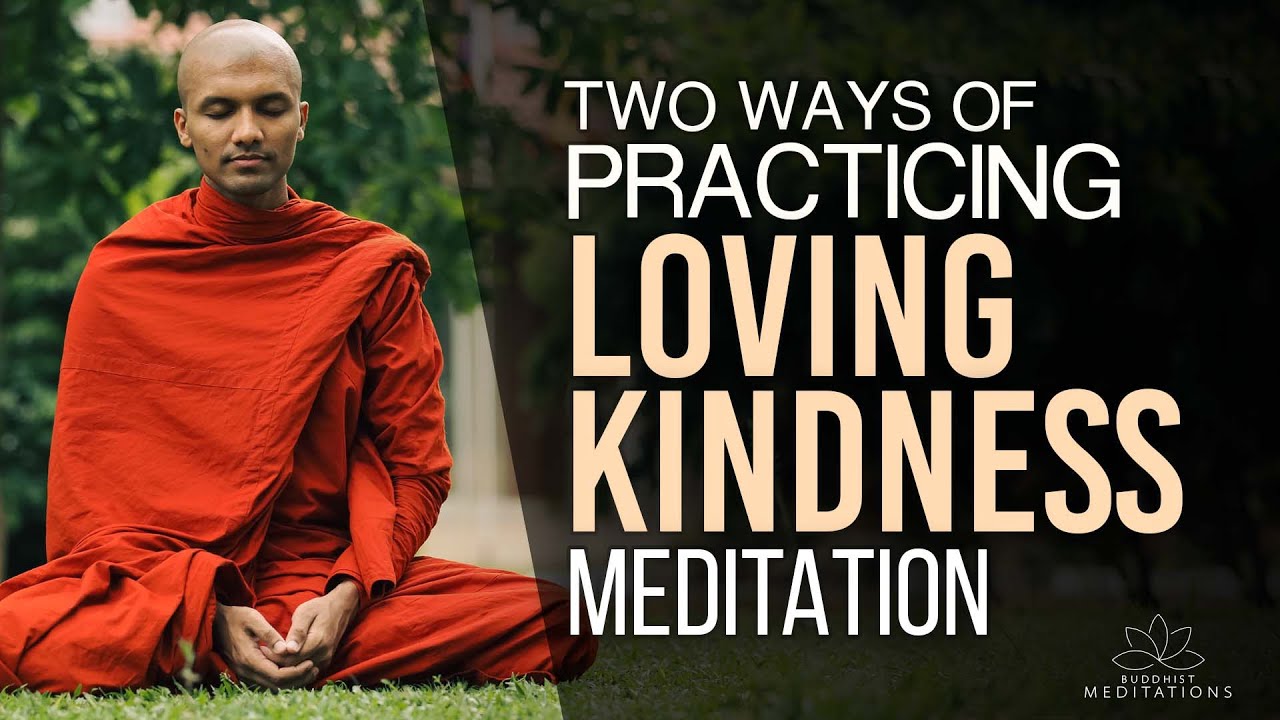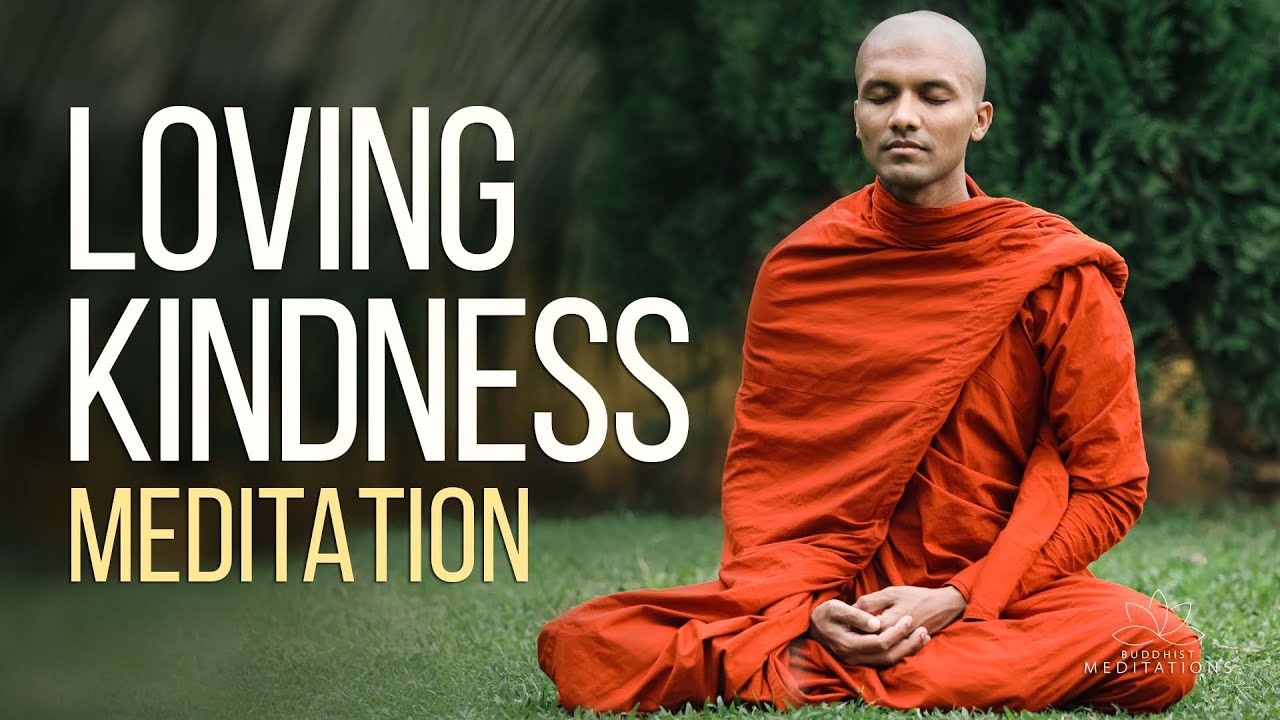Stay away from these thoughts when Meditating | Buddhism In English
Summary
TLDRThis episode of the Buddhist meditation series delves into the five hindrances to effective meditation: sensual desire (Kama Chanda), ill will (Vyapada), dullness (Tina Midda), restlessness (Udacha Kukucha), and doubt (Vichikiccha). Each hindrance disrupts mindfulness and concentration, making it difficult to achieve a tranquil meditative state. The video emphasizes the importance of being aware of these internal obstacles and offers strategies for overcoming them through mindfulness. By cultivating awareness and focusing on the meditation practice, individuals can enhance their experience, leading to greater peace and fulfillment in their lives.
Takeaways
- 😀 The primary goal of meditation is to cultivate mindfulness, focus, and concentration.
- 😟 There are five main hindrances to effective meditation: sensual desire, ill will, dullness, restlessness, and doubt.
- 🍰 Kama Chanda (sensual desire) disrupts meditation through distractions related to cravings and pleasurable thoughts.
- 😡 Vyapada (ill will) refers to anger and negative emotions that scatter the mind and hinder concentration.
- 😴 Tina Midda (dullness and drowsiness) often occurs at the beginning of meditation, leading to sleepiness and lack of alertness.
- 😩 Uda Chaka (restlessness and remorse) can cause a scattered mind due to regrets about past actions.
- 🤔 Vichikiccha (doubt) can diminish enthusiasm for meditation, making practitioners question their practice and abilities.
- 👀 Mindfulness is crucial for overcoming these hindrances; being aware of thoughts as they arise is essential.
- 🔄 Detecting and redirecting distracting thoughts back to meditation helps maintain focus and enhances the practice.
- 🧘♂️ Regular meditation practice enables individuals to manage hindrances better, resulting in a more peaceful and fulfilling experience.
Q & A
What is the main focus of the video?
-The main focus of the video is to discuss the hindrances to meditation, specifically the internal thoughts that can disrupt concentration and mindfulness.
What are the five hindrances to meditation mentioned in the video?
-The five hindrances to meditation are: 1) Kama chanda (sensual desire), 2) Vyapada (ill will or anger), 3) Tina middha (dullness and drowsiness), 4) Udacha kukucha (restlessness and remorse), and 5) Vichikiccha (skeptical doubt).
How does kama chanda affect meditation?
-Kama chanda, or sensual desire, can lead the mind to wander into lustful thoughts, which disrupt concentration and focus during meditation.
What is the impact of vyapada on meditation?
-Vyapada, or ill will and anger, creates inner turmoil, making it difficult to maintain focus and calmness, thus hindering effective meditation.
What does tina middha refer to?
-Tina middha refers to dullness and drowsiness, which is a common challenge during meditation, often causing individuals to feel sleepy or lazy.
What does udacha kukucha encompass?
-Udacha kukucha encompasses restlessness and remorse, which occur when one dwells on past regrets, scattering the mind and disrupting meditation.
Why is vichikiccha a hindrance in meditation?
-Vichikiccha, or skeptical doubt, leads to uncertainty about one's meditation practice, preventing the individual from fully engaging and enjoying the meditation experience.
What is the first step to overcoming these hindrances?
-The first step to overcoming these hindrances is to be aware of your thoughts and to practice mindfulness, recognizing when hindrance thoughts arise.
How can one effectively manage distracting thoughts during meditation?
-One can manage distracting thoughts by acknowledging them as hindrances, using wisdom to redirect focus back to meditation, and continually practicing awareness.
What is the ultimate goal of meditation according to the video?
-The ultimate goal of meditation, as mentioned in the video, is to achieve a state of tranquility, concentration, and a more enjoyable meditation experience by overcoming hindrances.
Outlines

Esta sección está disponible solo para usuarios con suscripción. Por favor, mejora tu plan para acceder a esta parte.
Mejorar ahoraMindmap

Esta sección está disponible solo para usuarios con suscripción. Por favor, mejora tu plan para acceder a esta parte.
Mejorar ahoraKeywords

Esta sección está disponible solo para usuarios con suscripción. Por favor, mejora tu plan para acceder a esta parte.
Mejorar ahoraHighlights

Esta sección está disponible solo para usuarios con suscripción. Por favor, mejora tu plan para acceder a esta parte.
Mejorar ahoraTranscripts

Esta sección está disponible solo para usuarios con suscripción. Por favor, mejora tu plan para acceder a esta parte.
Mejorar ahoraVer Más Videos Relacionados

What is Meditation..? | Buddhism In English

Two main types of meditation? | Buddhism In English

Two ways of practicing loving kindness meditation... | Buddhism In English

Unlock Inner Peace: Powerful Vipassana Meditation Discourses Explained

How to Self Study Effectively: Powerful Strategies for Learning, Reading & Thinking

Loving Kindness Meditation...| Buddhism In English
5.0 / 5 (0 votes)
